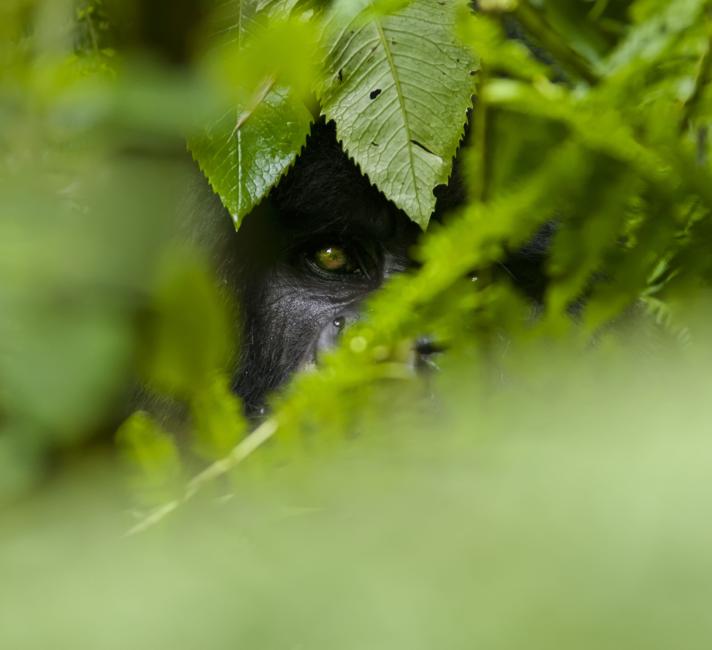The world is home to many exotic and diverse animal species, but unfortunately, many are at risk of extinction due to human activities such as deforestation, pollution, and poaching. This article sheds light on the top 10 most endangered animals in the world, such as the Amur Leopard, vaquita, and Javan Rhino, that face imminent extinction due to habitat loss, poaching, and human conflict. Although conservation endeavors are in place, such as awareness campaigns and trade bans, individual actions can significantly help prevent the extinction of these creatures. This article concludes by urging individuals to support conservation organizations and make environmental choices.
The Top 10 Most Endangered Animals in the World
The world is full of diverse and exotic wildlife, but unfortunately, many of these species are at risk of extinction due to human activities such as deforestation, pollution, and poaching. Endangered animals are those that are at risk of disappearing from the earth forever. It is a sad reality, but we have the power to prevent it. Here are the top 10 most endangered animals in the world:
1. Amur Leopard
The Amur leopard is a rare subspecies of leopard that is native to the forests of eastern Russia and northeastern China. With only an estimated 60 individuals left in the wild, the Amur leopard is critically endangered due to habitat loss and poaching for their fur. Conservation efforts are in place to protect this magnificent animal, but much more needs to be done to ensure its survival.
2. Vaquita
The vaquita is the smallest porpoise in the world, found only in the Gulf of California. Now, only an estimated 10 individuals remain in the wild, making it the most critically endangered marine mammal. The vaquita is threatened by unsustainable fishing practices, which often involves illegal hunting for its swim bladder. Conservation efforts are being made to protect the vaquita from extinction.
3. Javan Rhino
The Javan rhinoceros is one of the rarest large mammals in the world, with only an estimated 60 individuals left in the world. Found in the dense rainforests of Indonesia and Vietnam, the Javan rhino is at risk of extinction due to habitat loss and poaching for its horn. Conservation efforts are in place to protect this species, including habitat restoration and anti-poaching initiatives.
4. Mountain Gorilla
The mountain gorilla is a subspecies of the eastern gorilla, and one of the rarest gorillas in the world. With only an estimated 1,000 individuals left in the wild, the mountain gorilla is threatened by habitat loss, poaching, and human conflict. Conservation efforts, including community-based initiatives, have helped stabilize the population, but more needs to be done to ensure their long-term survival.
5. Pangolins
Pangolins are unique, scaly animals that are highly sought after for their meat and scales, which are used in traditional Chinese medicine. All eight species of pangolin are endangered, with some on the brink of extinction. Pangolins are threatened by habitat loss and poaching, with an estimated one million individuals taken from the wild in the past decade alone. Conservation efforts are being made to protect the pangolin, including awareness campaigns and trade bans.
6. Sumatran Elephant
The Sumatran elephant is one of the smallest elephant subspecies and is native to the island of Sumatra in Indonesia. With only an estimated 2,400 individuals left in the wild, the Sumatran elephant is threatened by habitat loss due to deforestation and human settlement. In addition, poaching for their ivory and meat poses a significant threat. Conservation efforts are in place to protect this species, including habitat restoration and anti-poaching initiatives.
7. Black Rhino
The black rhinoceros is native to Africa and was once widespread across the continent. However, due to poaching for their horn, the black rhino has suffered a catastrophic decline in population. With only an estimated 5,500 individuals left in the wild, the black rhino is critically endangered. Conservation efforts, including intensive anti-poaching measures, have helped stabilize populations in some areas, but more needs to be done to ensure their long-term survival.
8. Siberian Tiger
The Siberian tiger, also known as the Amur tiger, is the largest cat species in the world and is native to Russia and China. With only an estimated 300 individuals left in the wild, the Siberian tiger is critically endangered due to habitat loss and poaching for their fur and body parts. Conservation efforts, including habitat restoration and anti-poaching initiatives, have helped stabilize populations, but much more needs to be done to ensure their survival.
9. Blue Whale
The blue whale is the largest animal on the planet, but despite its size, it is also one of the most endangered. Hunting during the 20th century dramatically reduced blue whale populations, with only an estimated 10,000 individuals remaining. While commercial whaling has stopped, the blue whale is still threatened by accidental entanglement in fishing gear, pollution, and climate change. Conservation efforts are in place to protect the blue whale, including stricter regulations on fishing practices.
10. Sea Otter
The sea otter is a keystone species in kelp forest ecosystems and is found along the coastlines of the northern Pacific Ocean. With only an estimated 3,000 individuals left in California, the sea otter is critically endangered due to habitat loss, pollution, and overfishing. Conservation efforts are in place to protect this species, including habitat restoration and anti-pollution initiatives.
Conclusion
The world’s most endangered animals are facing an uphill battle for survival, with many species teetering on the brink of extinction. While conservation efforts are in place to protect these animals and their habitats, much more needs to be done to ensure their long-term survival. As individuals, we can all play a role in protecting these magnificent creatures by supporting conservation organizations and making environmentally conscious choices in our daily lives. Together, we can make a difference and ensure that these amazing animals are around for generations to come.
